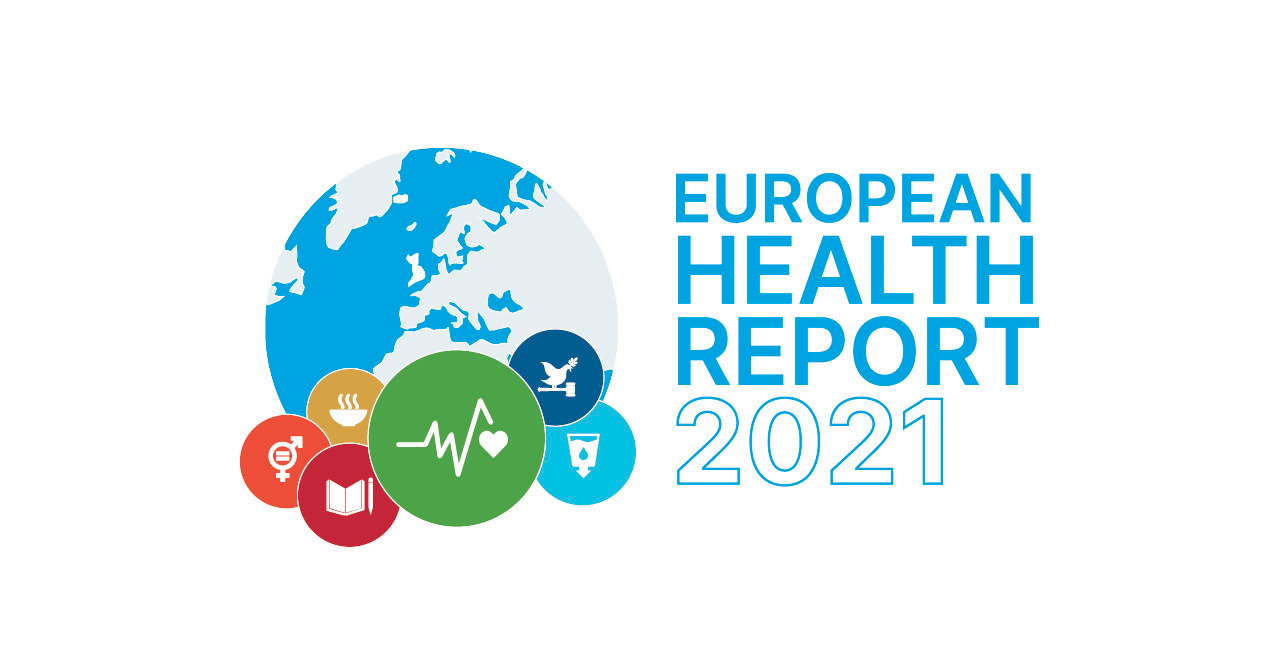
Coronavirus disease (COVID-19) pandemic
Overview
Links and resources
The coronavirus disease 2019 (COVID-19) pandemic is a global outbreak of coronavirus – an infectious disease caused by the severe acute respiratory syndrome coronavirus 2 (SARS-CoV-2).
Cases of novel coronavirus (nCoV) were first detected in China in December 2019, with the virus spreading rapidly to other countries across the world. This led WHO to declare a Public Health Emergency of International Concern (PHEIC) on 30 January 2020 and to characterize the outbreak as a pandemic on 11 March 2020.
On 5 May 2023, more than three years into the pandemic, the WHO Emergency Committee on COVID-19 recommended to the Director-General, who accepted the recommendation, that given the disease was by now well established and ongoing, it no longer fit the definition of a PHEIC. This does not mean the pandemic itself is over, but the global emergency it caused is – for now. A review committee will be established to develop long-term, standing recommendations for countries on how to manage COVID-19 on an ongoing basis.
Since the COVID-19 pandemic started, over 2 million people in the European Region have died from the disease.
On 25 October 2023 WHO/Europe made several changes to its respiratory virus surveillance and data reporting systems. The COVID-19 Situation Dashboard played a pivotal role in providing essential information during the early stages of the pandemic. However, the landscape has now shifted, and so have data needs.
A new WHO/Europe COVID-19 Information Hub is replacing the previous COVID-19 Situation Dashboard to serve as a comprehensive resource, providing links to the most current health information, datasets and products concerning COVID-19.
Within the Hub, WHO/Europe and the European Centre for Disease Prevention and Control (ECDC)’s weekly European Respiratory Virus Surveillance Summary (ERVISS) displays integrated surveillance data for influenza, COVID-19, and respiratory syncytial virus (RSV) in the WHO European Region, including the European Union (EU)/European Economic Area (EEA).
News
All →Photo stories
All →
Publications
All →

Monitoring knowledge, risk perceptions, preventive behaviours and public trust during the COVID-19 crisis...
The report presents a quantitative survey on the effects of COVID-19 in Georgia, conducted in five rounds among the adult population from April to December...

Respiratory virus surveillance country, territory and area profiles for the WHO European Region, 2023
These profiles describe respiratory virus surveillance systems by country, territory or area in the WHO European Region as of 2023.

Joint bimonthly surveillance report on SARS-CoV-2 and mpox in animals in the European Region, May and...
Strengthened surveillance using a One Health approach in at-risk animal populations and at the animal-human-environment interface is required to timely...

A timeline of WHO’s response to COVID-19 in the WHO European Region: a living document (update to version...
This “living” document presents an update to the previous timeline covering from 31 December 2019 to 31 December 20201. It describes the continuation...

A timeline of WHO’s response to COVID-19 in the WHO European Region: a living document (Version 2.0...
2020 was a year that will be remembered for generations, for having put the lives and livelihoods of everyone into an unprecedented stress test. Health...
Documents
All →Ukraine - Vaccination saves lives: Supporting the deployment of COVID-19 vaccines and routine vaccination systems in the Eastern Partnership Ukraine - Vaccination saves lives: Supporting the deployment of COVID-19 vaccines and routine vaccination systems in the Eastern Partnership
Belarus - Vaccination saves lives: Supporting the deployment of COVID-19 vaccines and routine vaccination systems in the Eastern Partnership Belarus - Vaccination saves lives: Supporting the deployment of COVID-19 vaccines and routine vaccination systems in the Eastern Partnership
Armenia - Vaccination saves lives: Supporting the deployment of COVID-19 vaccines and routine vaccination systems in the Eastern Partnership Armenia - Vaccination saves lives: Supporting the deployment of COVID-19 vaccines and routine vaccination systems in the Eastern Partnership
Related health topic
Coronavirus disease (COVID-19) - Global site
For COVID-19 enquiries contact (7 days a week):
WHO/Europe Press Office
Tel.: +49 228 815 0432
Email address:
eupress@who.int











